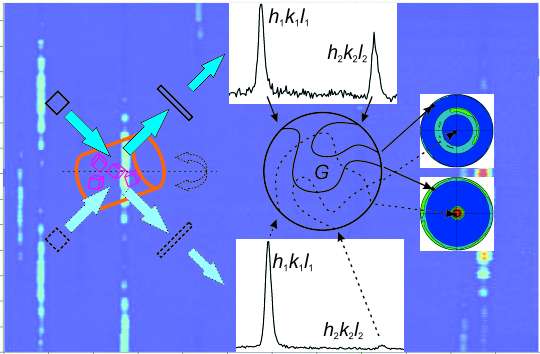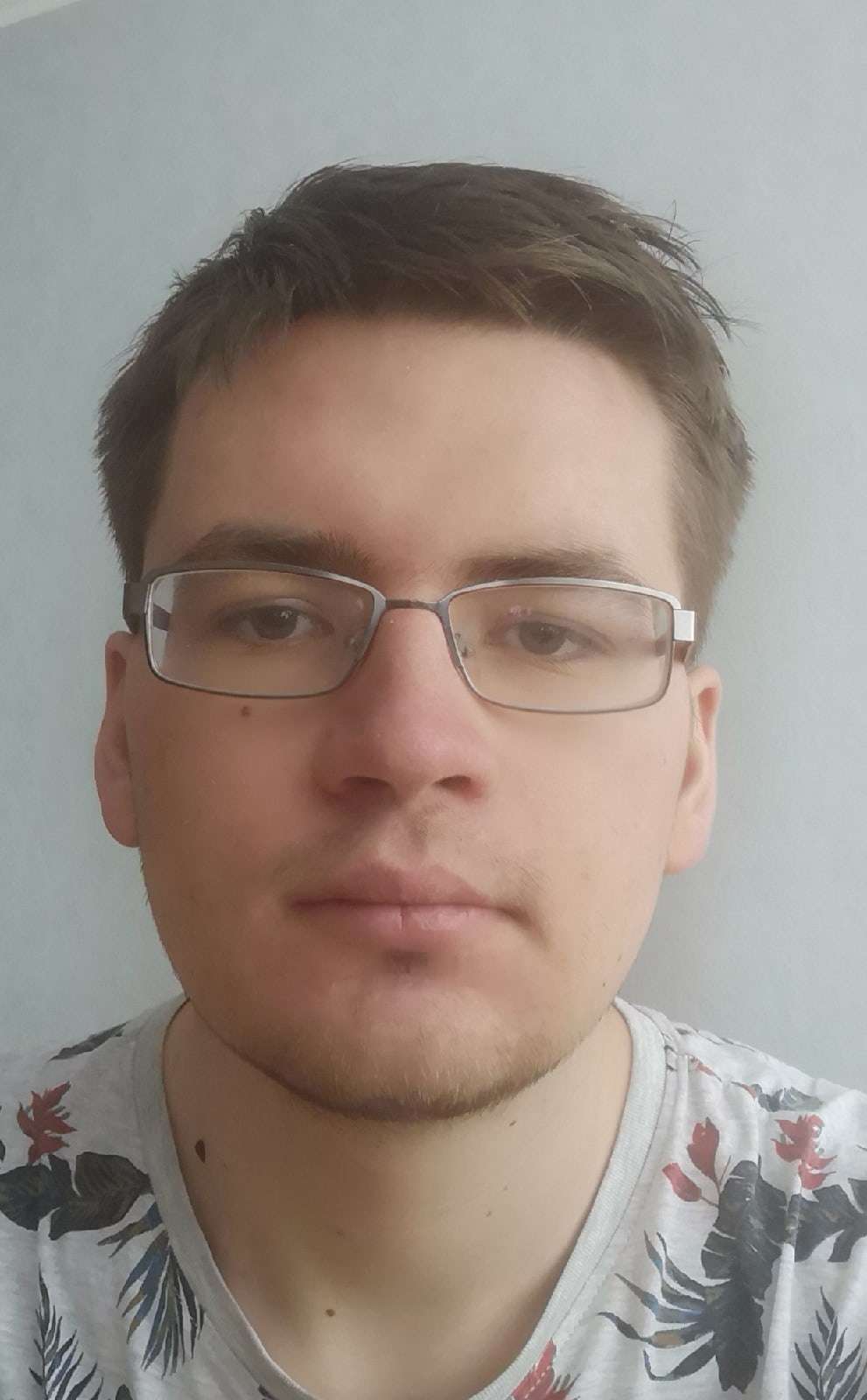Many rocks, metals, alloys, ceramic materials, etc. are polycrystals consisting of grains of one or several crystalline phases. Preferred orientation of crystal lattices of grains - or crystallographic texture - is formed and changed by plastic deformation, sedimentation, crystallization, recrystallization, structural phase transitions. The texture induces anisotropy of physical and mechanical properties of the material. To study crystallographic preferred orientations in bulk samples, synchrotron and neutron diffraction methods are applied. The aim of this project is to familiarize students with these texture research methods and sophisticated data analysis routines.
Tasks
1) study texture analysis basics;
2) familiarize with MAUD software;
3) process synchrotron and neutron diffraction data of different materials and extract crystallographic preferred orientations
Preliminary schedule by topics/tasks
The duration of this project is planned to be 6 weeks. The draft schedule includes introductory lectures on crystallographic preferred orientations formation, their description, peculiarities of measurements of preferred orientations , etc. (week 1); introduction to MAUD software, setting up the diffraction instrument and refinement of simple X-ray and neutron diffraction patterns (week 2); processing example sets of synchrotron X-ray diffraction data from polycrystalline samples (week 3); processing example sets of neutron time of flight diffraction data from polycrystalline samples (week 4); export of the refined preferred orientations into other software, such as Beartex, and their analysis (week 5); discussion of results and preparation of the project report (week 6).
Required skills
Basic knowledge of:
1) crystallography;
2) diffraction methods;
3) Rietveld method
Acquired skills and experience
1) knowledge of crystallographic texture analysis basics and orientation distribution function reconstruction methods;
2) knowledge of specialized software for crystallographic texture analysis;
3) experience with diffraction data processing for extraction of crystallographic preferred orientations
Recommended literature
1) Kocks U.F., Tome C.N., Wenk H.-R. Texure and anisotropy. Cambridge University Press, 1998.
2) Engler O., Randle V. Introduction to texture analysis. CRC Press, 2010.
3) Wenk H.-R., Lutterotti L., Vogel S.C. (2010). “Rietveld texture analysis from TOF neutron diffraction data,” Powder Diffraction 25, 283-296.
4) Lutterotti L., Vasin R., Wenk H.-R. (2014). “Rietveld texture analysis from synchrotron diffraction images. I. Calibration and basic analysis,” Powder Diffraction 29, 76-84.
5) Wenk H.-R., Lutterotti L., Kaercher L., Kanitpanyacharoen W., Miyagi L., Vasin R.N. (2014). “Rietveld texture analysis from synchrotron diffraction images. II. Complex multiphase materials and diamond anvil cell experiments,” Powder Diffraction 29, 220-232.



